Samuel Adisa
Student @ Akungba
Genocide 1994
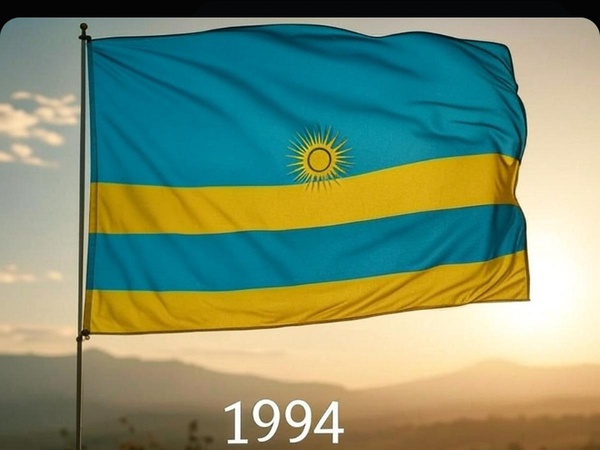
<p>The Rwandan Genocide of 1994 stands as one of the most horrific atrocities of the 20th century, a brutal episode of mass violence that saw the slaughter of approximately 800,000 to 1 million people, primarily Tutsis and moderate Hutus, in just 100 days. This genocide, occurring between April and July 1994, was not an isolated event but the culmination of deep-seated ethnic tensions, colonial legacies, political power struggles, and a failure of international intervention. Its scale, speed, and brutality shocked the world, leaving an indelible mark on Rwanda’s history and raising profound questions about humanity, governance, and global responsibility. Below, I provide a detailed examination of the genocide, its causes, execution, aftermath, and lasting implications.
</p><p>Historical Context and Causes
</p><p>Colonial Legacy and Ethnic Divisions
</p><p>The roots of the Rwandan Genocide trace back to the colonial period, when European powers, particularly Germany (1890–1919) and later Belgium (1919–1962), governed Rwanda. Pre-colonial Rwanda was a centralized kingdom with a complex social structure, where Hutus (roughly 85% of the population), Tutsis (14%), and Twa (1%) coexisted. These groups shared a common language (Kinyarwanda), culture, and religion, but social roles were hierarchical, with Tutsis often occupying elite positions as cattle-owning aristocrats, while Hutus were primarily agriculturalists. The Twa were a marginalized minority, often hunters or potters.
</p><p>Colonial powers exacerbated these distinctions by institutionalizing ethnic identities. The Belgians, in particular, implemented a policy of indirect rule, favoring Tutsis as a “superior” group based on pseudoscientific racial theories. They introduced identity cards in 1932 that classified individuals as Hutu, Tutsi, or Twa, cementing fluid social categories into rigid ethnic ones. Tutsis were given preferential access to education, administration, and power, fostering resentment among Hutus. This divide-and-rule strategy sowed seeds of animosity that persisted after Rwanda’s independence in 1962.
</p><p>Post-Independence Tensions
</p><p>After independence, power shifted to the Hutu majority, leading to a reversal of fortunes. The Hutu-led government, under President Grégoire Kayibanda, marginalized Tutsis, prompting waves of violence and the exodus of Tutsis to neighboring countries like Uganda and Burundi. By the 1980s, an estimated 600,000 Tutsis lived in exile, many of whom formed the Rwandan Patriotic Front (RPF), a Tutsi-led rebel group in Uganda, seeking to return and challenge Hutu dominance.
</p><p>In 1990, the RPF, led by Paul Kagame, invaded Rwanda, sparking a civil war against the Hutu-led government of President Juvénal Habyarimana. The war exacerbated ethnic tensions, as Hutu elites portrayed the RPF as a Tutsi threat to Hutu power. Propaganda outlets, like the radio station Radio Télévision Libre des Mille Collines (RTLM) and the newspaper Kangura, spread anti-Tutsi rhetoric, dehumanizing Tutsis as “cockroaches” (inyenzi) and stoking fear of Tutsi domination.
</p><p>The Arusha Accords and Political Instability
</p><p>In 1993, the Arusha Accords, a peace agreement between the Rwandan government and the RPF, aimed to end the civil war by establishing a power-sharing government and integrating the RPF into the military. However, hardline Hutu extremists, particularly within Habyarimana’s inner circle and the Interahamwe militia, opposed the accords, fearing loss of power. The political climate grew increasingly volatile, with extremist groups arming militias and preparing for mass violence.
</p><p>The Spark: Assassination of Habyarimana
</p><p>On April 6, 1994, the genocide was triggered by the assassination of President Juvénal Habyarimana. His plane was shot down over Kigali, killing him and Burundian President Cyprien Ntaryamira. The perpetrators remain disputed—some blame the RPF, others Hutu extremists—but the event was a catalyst. Within hours, Hutu extremists seized control, blaming Tutsis and launching a meticulously planned campaign of extermination.
</p><p>The Genocide: Execution and Atrocities
</p><p>The Rwandan Genocide was characterized by its speed, scale, and brutality. Over 100 days (April 7 to mid-July 1994), an estimated 800,000 to 1 million people—roughly 70% of Rwanda’s Tutsi population and many moderate Hutus—were killed. The violence was orchestrated by Hutu extremists, including members of the Interahamwe (meaning “those who attack together”) and Impuzamugambi militias, supported by elements of the Rwandan army, police, and local authorities.
</p><p>Methods of Killing
</p><p>The genocide was chillingly low-tech, with most killings carried out using machetes, clubs, knives, and small arms. Checkpoints were set up across Rwanda, where Tutsi identity cards marked individuals for immediate execution. Neighbors turned on neighbors, and in some cases, family members killed their own kin due to ethnic divisions or coercion. Massacres occurred in churches, schools, and stadiums where Tutsis sought refuge, believing these places were safe. One of the most notorious sites was the École Technique Officielle in Kigali, where 2,000 Tutsis were abandoned by UN peacekeepers and subsequently slaughtered.
</p><p>Sexual violence was rampant, with an estimated 250,000 to 500,000 women and girls subjected to rape, often as a weapon of genocide to degrade and destroy Tutsi communities. Many victims were infected with HIV or killed afterward. The scale of sexual violence left lasting trauma and contributed to Rwanda’s post-genocide health crisis.
</p><p>Role of Propaganda
</p><p>RTLM played a pivotal role, broadcasting names, addresses, and locations of Tutsis, inciting Hutus to “fill the graves” and “finish the work.” The station’s mix of music, inflammatory rhetoric, and direct calls to violence created a climate of fear and mobilization. Kangura’s “Hutu Ten Commandments” explicitly called for Hutu supremacy and dehumanized Tutsis, justifying their extermination.
</p><p>Grassroots Participation
</p><p>The genocide’s horror was amplified by widespread civilian participation. Hutu civilians, pressured by propaganda, fear, or promises of loot, joined militias in killing sprees. Local leaders, including mayors and priests, often facilitated or participated in the violence. This communal involvement distinguished the Rwandan Genocide, making it a chillingly participatory atrocity.
</p><p>International Response: A Failure to Act
</p><p>The international community’s response to the genocide was marked by inaction and indifference, a failure that has been widely criticized. The United Nations Assistance Mission for Rwanda (UNAMIR), led by Canadian General Roméo Dallaire, was underfunded, understaffed (with only 2,500 troops), and lacked a mandate to intervene decisively. Despite Dallaire’s warnings of impending genocide as early as January 1994, the UN Security Council, particularly the United States and France, hesitated to act.
</p><p>The U.S., scarred by the 1993 Somalia intervention, avoided labeling the violence as genocide to evade legal obligations under the 1948 Genocide Convention. France, with historical ties to Habyarimana’s regime, was accused of complicity, having trained and armed the Rwandan military. In June 1994, France launched Opération Turquoise, a humanitarian mission in western Rwanda, but critics argue it provided a safe haven for genocidaires to escape.
</p><p>The lack of intervention allowed the genocide to continue unabated until the RPF, advancing from the north, captured Kigali on July 4, 1994, effectively ending the mass killings. By then, the death toll was staggering, and the international community’s inaction became a case study in the failure of global peacekeeping.
</p><p>Aftermath and Recovery
</p><p>Immediate Consequences
</p><p>The genocide left Rwanda in ruins. Infrastructure was destroyed, the economy collapsed, and society was fractured. Over 2 million Hutus, fearing RPF reprisals, fled to refugee camps in Zaire (now the Democratic Republic of Congo), Tanzania, and Burundi. These camps, controlled by Hutu extremists, became bases for continued violence, contributing to the First and Second Congo Wars.
</p><p>The RPF established a new government under President Pasteur Bizimungu, with Paul Kagame as vice president and de facto leader (Kagame became president in 2000). The new government faced the immense challenge of rebuilding a nation scarred by trauma, division, and loss.
</p><p>Justice and Reconciliation
</p><p>Rwanda pursued justice through multiple avenues:
</p><p>International Criminal Tribunal for Rwanda (ICTR): Established by the UN in Arusha, Tanzania, the ICTR prosecuted high-level perpetrators, convicting 61 individuals, including key figures like Jean Kambanda, the interim prime minister during the genocide, who pleaded guilty to genocide.
</p><p>Gacaca Courts: To address the overwhelming number of perpetrators (over 120,000 imprisoned), Rwanda implemented community-based Gacaca courts, blending traditional justice with modern legal principles. Between 2001 and 2012, these courts tried nearly 2 million cases, emphasizing truth-telling, confessions, and reintegration over punitive measures.
</p><p>Conclusion
</p><p>The Rwandan Genocide was a cataclysm born of historical divisions, political manipulation, and global neglect. Its brutality and scale—800,000 to 1 million lives lost in 100 days—mark it as a stark reminder of humanity’s capacity for evil and the urgent need for vigilance against hatred. Rwanda’s journey from devastation to recovery is both inspiring and complex, reflecting the challenges of healing a fractured society.The world’s failure to intervene remains a moral stain, urging future generations to prioritize prevention and accountability in the face of genocide.
</p><p><br></p><p>
</p><p>
</p><p>
</p><p>
</p><p>
</p><p>
</p><p>
</p><p>
</p>
Other insights from Samuel Adisa
Referral Earning
Points-to-Coupons
Insights for you.





 52
52





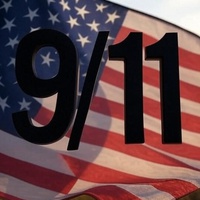

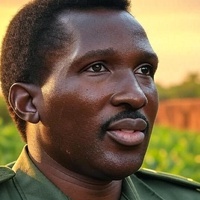
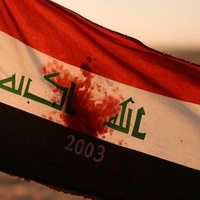



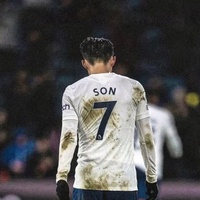
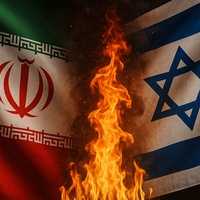














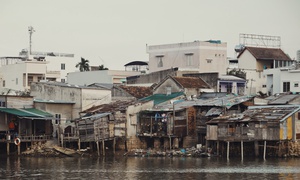

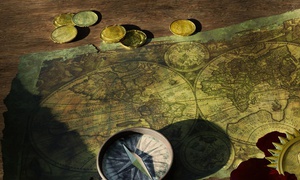


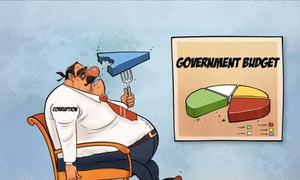





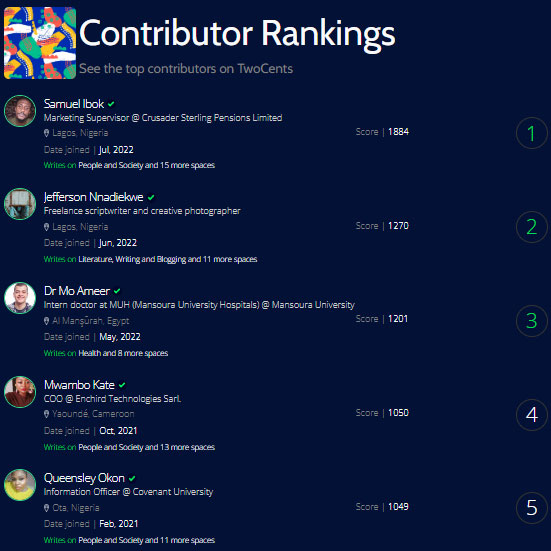






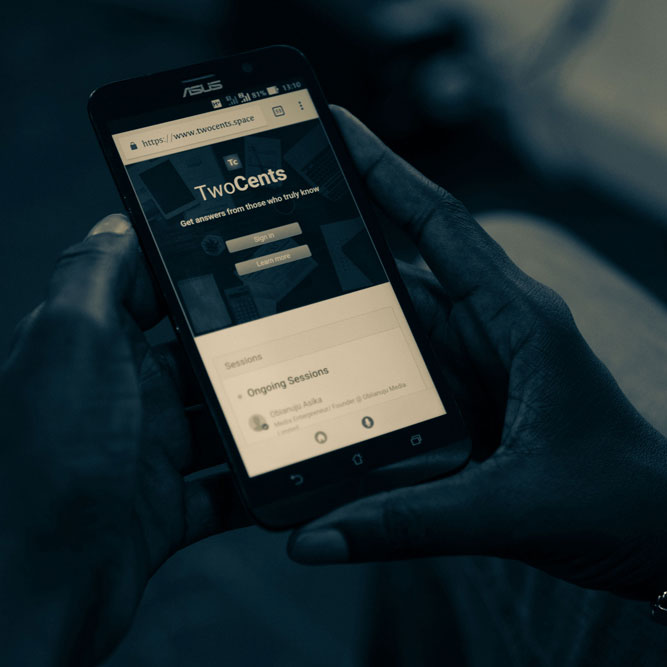


















Comments